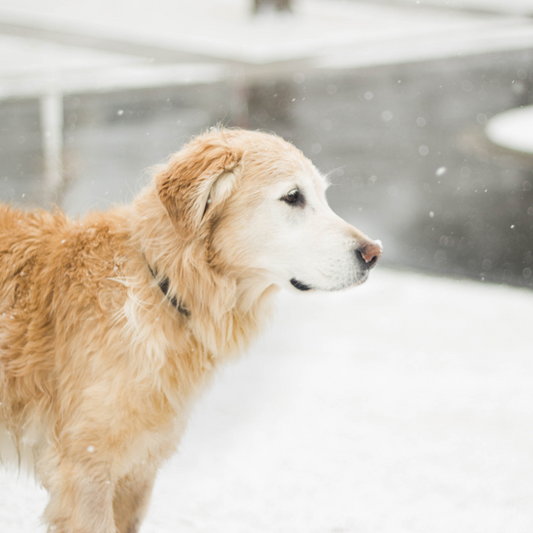Why is it important to tailor workouts to your dog's breed and energy level?
When it comes to keeping your furry friend healthy and happy, regular exercise is key. However, not all dogs are created equal, and their exercise needs can vary greatly depending on their breed and energy level. Tailoring workouts to your dog's specific needs is essential to ensure they get the right amount and type of exercise to keep them in optimal shape.
Understanding your dog's breed
Each dog breed has its own unique characteristics and traits that can influence their exercise requirements. For example, high-energy breeds like Border Collies and Australian Shepherds thrive on intense physical activities and mental stimulation. On the other hand, brachycephalic breeds like Bulldogs and Pugs have shorter snouts, making them more prone to respiratory issues, so they require less strenuous exercise.
Matching exercise to energy level
Just like humans, dogs have different energy levels. Some dogs are naturally more active and energetic, while others are more laid-back and prefer a leisurely stroll. It's important to assess your dog's energy level and adjust their exercise routine accordingly. A high-energy dog may benefit from activities like running, hiking, or agility training, while a low-energy dog may be content with shorter walks or gentle play sessions.
Choosing the right activities
There are various activities you can incorporate into your dog's exercise routine to cater to their specific needs. For high-energy dogs, consider activities that provide both physical and mental stimulation, such as obedience training, interactive toys, or playing fetch. Low-energy dogs may enjoy activities like swimming, gentle hikes, or puzzle toys that engage their minds without overexerting them.
Monitoring your dog's response
While it's important to provide your dog with regular exercise, it's equally crucial to monitor their response to ensure they are not being overworked or underworked. Keep an eye out for signs of fatigue, excessive panting, or reluctance to continue the activity. Adjust the intensity, duration, or frequency of the workouts as needed to keep your dog safe and comfortable.
Consulting with a professional
If you're unsure about how to tailor your dog's workouts to their breed and energy level, don't hesitate to consult with a professional, such as a veterinarian or a certified dog trainer. They can provide valuable insights and guidance based on their expertise and help you create a customised exercise plan that suits your dog's specific needs.
Remember, a well-exercised dog is a happy and healthy dog. By understanding your dog's breed, energy level, and individual needs, you can ensure they receive the right amount and type of exercise to keep them physically and mentally fit.




